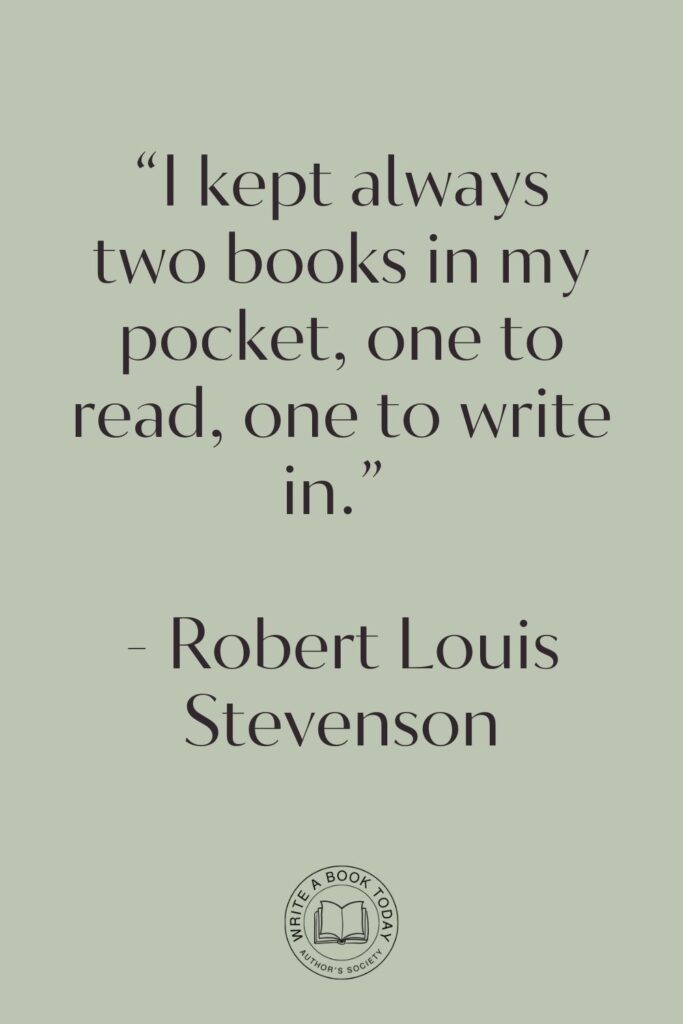Ever found yourself so engrossed in a book that you lose track of time?
That magical experience is the hallmark of a page-turner. These captivating stories keep readers on the edge of their seats, hungry for what happens next.
But what exactly makes a book impossible to put down?
And how can you, as a writer, create such a masterpiece?
Let’s delve into the secrets of how to write a page-turner and uncover the essential elements every aspiring author should know.
The Essence of a Page-Turner
In the world of storytelling, a page-turner is more than just a book; it’s an experience. It’s a tale that grips you from the first page and doesn’t let go until the very end.
But crafting such a story requires more than just a good plot. It demands an understanding of what keeps readers engaged and yearning for more.
Feeling lost with your debut novel?
Fiverr Pro connects you with expert editors, designers, and marketers – everything you need to get your book ready for success!

Understanding Reader Engagement
Engagement is the lifeblood of a page-turner. It’s the invisible thread that ties readers to the narrative. To achieve this, writers must understand their audience’s desires and fears.
Think of it like a dance between the author and the reader, where each step must be perfectly timed to maintain the momentum.
To enhance reader engagement, create suspense by withholding key information. This technique keeps readers guessing and eager to uncover the truth, pulling them deeper into the story.
Key Elements of a Page-Turner
Several key elements contribute to the making of a page-turner. Among these are a gripping plot, relatable characters, and a setting that immerses the reader. However, pacing is perhaps the most crucial aspect.
A well-paced story ensures that there’s never a dull moment, maintaining a rhythm that propels the reader forward.
- Conflict and Tension: Keep the stakes high to maintain interest.
- Cliffhangers: End chapters with unresolved questions to compel readers to continue.
- Dynamic Characters: Develop characters who evolve and face internal and external conflicts.

Crafting Compelling Characters
Characters are the heart and soul of any story. They are the vessels through which readers experience the narrative. Creating engaging characters is essential for drawing readers into your story and keeping them there.
Creating Engaging Characters
An engaging character is one that readers can relate to, root for, or even despise. They must be multidimensional, with both strengths and flaws.
Think of iconic characters like Harry Potter or Elizabeth Bennet—each has qualities that make them memorable and relatable.
Give your characters distinct voices and personalities. This not only makes them memorable but also helps readers connect with them on a personal level.
No marketing platform? No social following? No problem!
Publisher Rocket helps you market your debut novel like a pro.
It’s a gamechanger for debut authors – try it today!


Character Development Techniques
Character development is about growth and change. Your characters should not be static; they must evolve as the story progresses. Use techniques like backstory exploration and internal conflict to add depth to your characters.
Consider creating a character arc that mirrors the overall plot arc. As the story reaches its climax, so too should your character reach a point of transformation, making their journey as compelling as the narrative itself.
Building Relatable Flaws and Strengths
No one is perfect, and neither should your characters be. Flaws make characters human and relatable. Perhaps your protagonist is brave but impulsive, or kind but naive. These imperfections create tension and drive the story forward.
| Character Trait | Strength | Flaw |
|---|---|---|
| Bravery | Facing danger head-on | Impulsiveness |
| Intelligence | Problem-solving skills | Arrogance |
| Kindness | Empathy towards others | Naivety |

Setting the Scene for Immersion
A well-crafted setting is more than just a backdrop; it’s a character in its own right. The setting can influence the mood, tone, and even the plot of your story, drawing readers into a world that feels real and alive.
Importance of an Immersive Setting
An immersive setting captivates the reader’s senses, transporting them into the world of your story. Whether it’s the bustling streets of New York City or the eerie silence of a haunted forest, the setting should evoke emotion and enhance the narrative.
Techniques for Descriptive Settings
Use vivid descriptions to paint a picture of the setting in the reader’s mind.
Incorporate sensory details—what does the air smell like?
How does the ground feel underfoot?
These elements help to create a tangible world that readers can lose themselves in.
Utilizing Sensory Details
Sensory details are the secret ingredient to a compelling setting. They add depth and realism to your story, making it easier for readers to immerse themselves in the world you’ve created.
Remember to engage all five senses to create a rich tapestry of experiences.
Create contrast in your settings to highlight key moments. A peaceful village can become ominous when a storm approaches, heightening tension and foreshadowing events.
Mastering Pacing and Tension
Pacing and tension are the engines that drive a page-turner. They dictate the speed at which the story unfolds and keep readers on the edge of their seats, eager to find out what happens next.
Techniques to Keep the Pace Fast
To maintain a brisk pace, use short chapters and scenes. This creates a sense of urgency and encourages readers to keep turning the pages.
Additionally, avoid unnecessary exposition and focus on action and dialogue to propel the story forward.
Creating Cliffhangers and Hooks
End chapters with cliffhangers to leave readers hanging in suspense. A well-placed hook can pique curiosity and compel readers to continue reading. Think of it as dangling a carrot just out of reach, enticing them to chase after it.

Balancing Action with Character Development
While action keeps the story moving, character development adds depth. Striking a balance between the two ensures that readers remain invested in both the plot and the characters.
Use quieter moments to explore characters’ thoughts and emotions, adding layers to their personalities.
Plotting Your Page-Turner
A strong plot is the backbone of any page-turner. It’s the framework upon which the story is built, guiding readers through twists and turns that keep them guessing until the very end.
Structuring Your Story for Maximum Impact
A well-structured story maintains momentum and keeps readers engaged. Consider using a three-act structure, with a clear beginning, middle, and end.
This provides a roadmap for the narrative, ensuring that each act builds upon the last.
Google Docs is for notes. Scrivener is for novels. Upgrade your writing game and try it for free today!

The Role of Conflict and Stakes
Conflict is the driving force behind any compelling story. It creates tension and challenges characters, forcing them to confront their fears and desires.
High stakes ensure that the outcome matters, keeping readers invested in the story’s resolution.
Weaving Subplots into the Main Narrative
Subplots add complexity and depth to the main narrative. They provide opportunities for character development and can enhance the overall theme of the story.
Ensure that subplots are intertwined with the main plot, creating a cohesive and engaging narrative.
Use subplots to explore different aspects of your characters. This adds richness to their personalities and allows for more intricate storytelling.

The Final Touches: Editing and Feedback
Once your story is complete, it’s time to polish it to perfection. Editing and feedback are crucial steps in refining your manuscript and ensuring that it’s ready for publication.
The Importance of Revision
Revision is the process of refining your story, honing its strengths and eliminating weaknesses. It’s an opportunity to tighten the plot, enhance character development, and improve pacing.
Approach revision with a critical eye, seeking to elevate your story to its fullest potential.
Seeking Constructive Criticism
Feedback from others provides valuable insights into your story’s strengths and areas for improvement. Seek input from beta readers, writing groups, or professional editors.
Constructive criticism can offer new perspectives and help you see your work through fresh eyes.
Polishing Your Manuscript for Publication
Before submitting your manuscript, ensure that it’s polished and free of errors. Pay attention to grammar, punctuation, and formatting.
A well-edited manuscript reflects professionalism and increases your chances of success in the publishing world.
Create a checklist for your final edits. This helps ensure that no detail is overlooked and that your manuscript is as polished as possible.
Writing a page-turner is both an art and a science. By understanding the elements that captivate readers and honing your craft, you can create stories that resonate deeply and leave a lasting impression.
So, pick up your pen and start crafting your own unforgettable page-turner. The world is waiting for your story.








